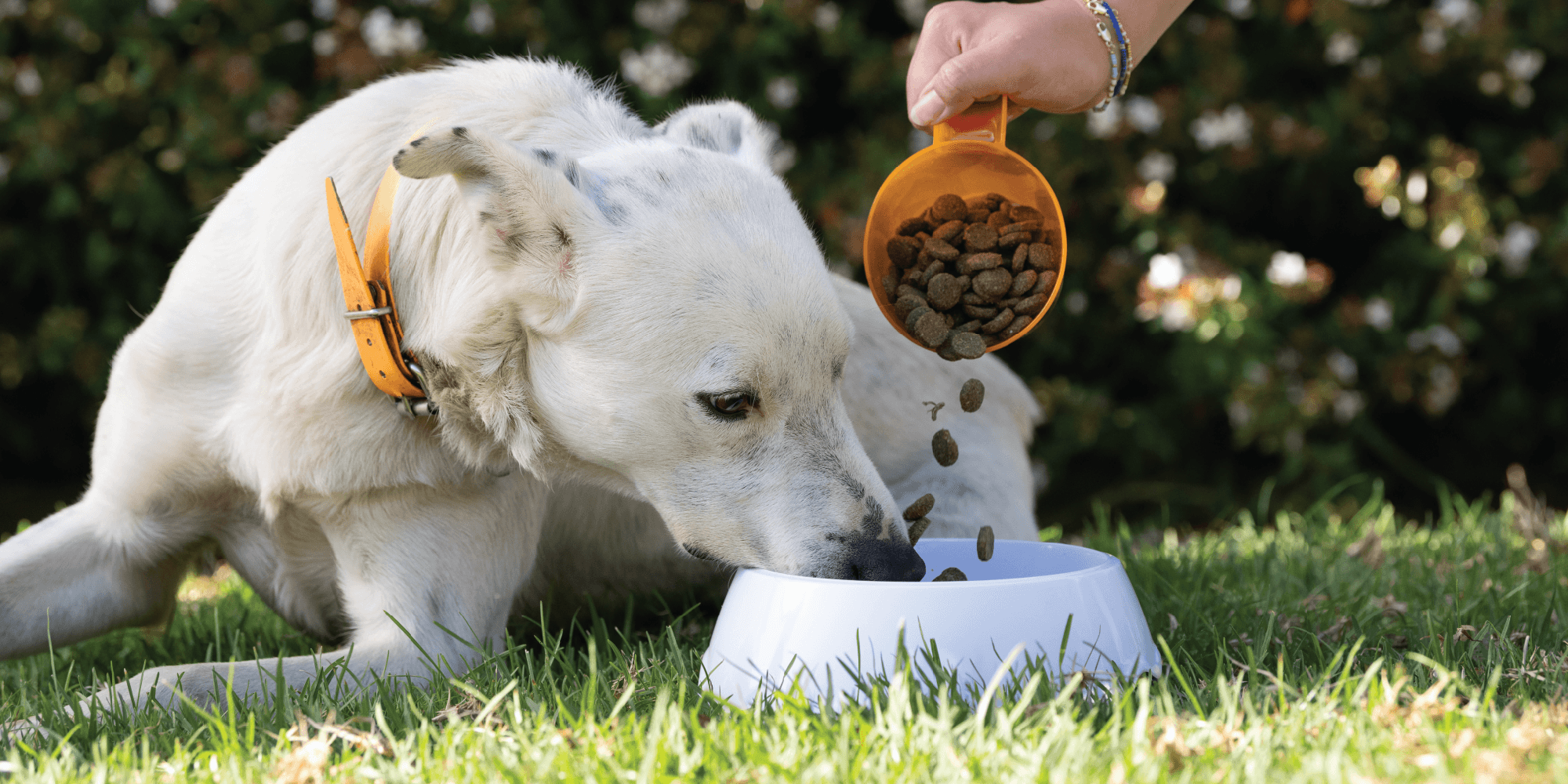Keeping Your Dog’s Tummy Happy

Why Transitioning Their Diet Matters
We all want the best for our furry mates, whether that’s long walks, belly rubs, or a bowl full of nutritious food. But when it comes to changing your dog’s diet, even to something better, there’s more happening beneath the surface than most people realise.
What’s going on inside?
Your pup’s gut is home to a powerful little universe called the gut microbiome. If you’re not careful with how you switch their food, you could be disrupting more than just their dinner.
What is the gut microbiome?
The gut isn’t just for digesting food; it hosts trillions of bacteria that:
- Support immune health
- Aid nutrient absorption and digestion
- Help with energy production and metabolism
- Influence mood and behaviour
- Affect sensitivity and tolerance to ingredients
Not all bacteria are equal; some are your dog’s gut best friends, helping them feel great inside and out, while others are more like troublemakers when they overstay their welcome.
What your dog eats directly shapes their microbiome. That’s why our dog food range is carefully crafted with high-quality ingredients chosen for their nutritional value. Macronutrients like protein and fibre determine which bacteria thrive and how they function.
Fibre, fermentation, and feeding the right bacteria
Fibre is the favourite snack for friendly gut microbes, especially soluble fibre. It gets fermented by bacteria to produce short-chain fatty acids (SCFAs), which act like superfood smoothies for your dog’s gut cells.
Here’s the scoop:
- Soluble fibre fuels gut bacteria to produce SCFAs, which boost gut and immune health.
- One key SCFA, butyrate, supports anti-inflammatory activity and helps prevent soft stools and diarrhoea. Dogs produce butyrate from fibre and protein, but fibre is especially effective.
- Insoluble fibre isn’t broken down but keeps things moving smoothly through the digestive tract, supporting stool consistency and regularity.
Why slow and steady wins the feeding race
Even switching to a high-quality feed can cause a “microbial rollercoaster.” Different foods bring different ingredients and nutrient mixes, meaning your dog’s gut bacteria get a new kind of fuel.
If the change happens too fast, the microbiome doesn’t have time to adapt, which can lead to:
- Discomfort
- Soft stools
- Altered metabolism
- And even diarrhoea
Research is clear: consistency is key. A stable microbiome relies on a steady supply of nutrients it can handle. While some bacteria prefer fibre and others protein, the goal is a balanced, diverse community with more good bacteria than bad.
That’s why gradual transitions matter. Even if you’re upgrading your dog’s food, their gut bacteria need time to adjust.
So, what should you do?
Think of your dog’s gut like a busy elevator full of bacteria; some are getting off, some are getting on. If everyone rushes in or out at once, chaos ensues. But if passengers move in and out slowly and in balance, everything runs smoothly.
That’s exactly how to switch your dog’s food: gradually, giving the good bacteria time to settle in and keeping your pup comfy without tummy troubles.
Tips to transition smoothly over 7–10 days:
- Mix small amounts of the new food with the old
- Slowly increase the new food while decreasing the old
- Give your dog’s gut time to adapt
Because, when your dog’s gut is happy, the whole doggie thrives.
Choose CopRice to give your best mate the feed they need.
